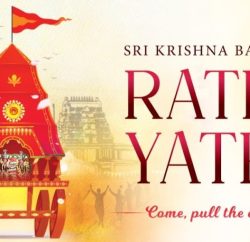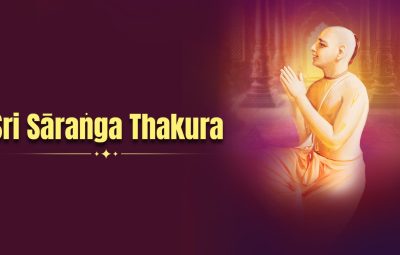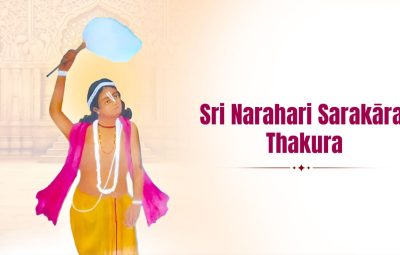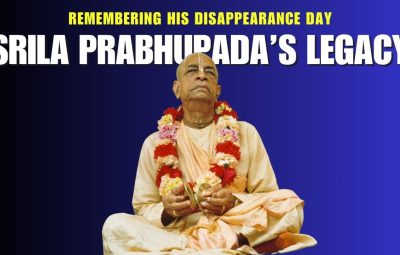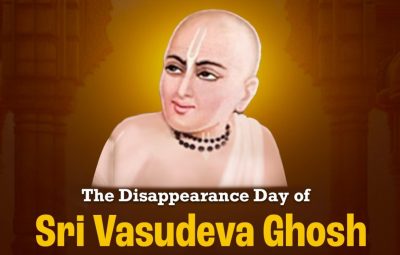With the onset of monsoon season, the temple town of Puri in Odisha hosts one of India’s most iconic religious processions—the Ratha Yatra of Lord Jagannatha. Millions gather to witness the Deities—Jagannatha, Balabhadra, and Subhadra—ride three towering wooden chariots through the streets, making their way from the Jagannatha Temple to the Gundicha Temple. Here’s a closer look at ten defining facts of this time-honoured celebration:
1. The Lord Visits His ‘Maternal Aunt’s Home’
The Ratha Yatra marks the symbolic annual journey of the Deities to the Gundicha Temple, believed to be the abode of Their maternal aunt (Mausi Bari). This nine-day transit draws crowds across age, background, and geography.
2. No Modern Tools Used to Build Chariots
Each year, three separate chariots are built afresh from neem wood by highly skilled artisans. What makes this construction unique is its adherence to centuries-old techniques—no modern instruments or blueprints are used.
3. Three Deities, Three Distinct Chariots
Each Deity travels on a chariot of specific dimensions and colours:
- Jagannatha’s chariot, Nandighosha, is 45 feet tall and painted red and yellow.
- Balabhadra’s chariot, Taladhwaja, is slightly smaller at 44 feet and coloured red and green.
- Subhadra’s chariot, Devadalana, stands 43 feet tall and features red and black hues.
4. A King Who Sweeps the Streets
The Gajapati King of Puri, traditionally regarded as the Lord’s foremost servant, performs the Chhera Pahanra ritual—sweeping the chariot platforms with a golden broom. It is one of the rare instances where royalty performs such an act of humility and devotion in public.
5. ISKCON’s Role in Globalising the Festival
While Ratha Yatra remains rooted in Odisha, it has found resonance globally— due to His Divine Grace A.C. Bhaktivedanta Swami Prabhupada, Founder-Acharya of ISKCON. He initiated Ratha Yatra processions in major cities like New York, London, and Melbourne, turning it into an international event.
6. Celebrated as a Festival of Unity
What sets the Ratha Yatra apart is its non-exclusive character. Devotees, tourists, and pilgrims—irrespective of caste or creed—take part in the event. The pulling of the chariots is open to all, symbolising inclusiveness and equality.
7. Return Journey: Bahuda Yatra
After a brief stay at the Gundicha Temple, the Deities return to Their original abode during the Bahuda Yatra. The return is celebrated with equal fanfare and is considered as spiritually significant as the departure.
8. Chariots Carry Symbolism Beyond Architecture
Beyond their imposing size, each chariot is imbued with symbolic features:
- Nandighosha has 16 wheels and a flag named Trailokya Mohini.
- Taladhwaja has 14 wheels, guarded by Vasudev, with the Unnani flag.
- Devadalana features 12 wheels and is accompanied by Jayadurga, with a Naadambika flag.
9. Devotees Drive the Procession
Unlike other religious ceremonies, the Ratha Yatra is participatory. Devotees pull the massive chariots themselves.
10. Continuity Over Centuries
Despite political changes, natural calamities, and evolving urban realities, the Ratha Yatra remains one of the world’s longest-running public festivals. Its longevity underscores its cultural gravity and adaptability.
While the event is deeply religious in origin, the Ratha Yatra’s appeal extends far beyond faith. It is a complex blend of engineering, rituals, cultural integration, and mass participation. As preparations continue for this year’s Yatra, the scale and scope of the festival once again reaffirm its place among the most significant public gatherings in India and the world.
ISKCON Bangalore will be celebrating this festival with great devotion and splendour at ISKCON Vaikuntha Hill at Vasanthapura on 27 June 2025. Participate in the grand celebrations and receive the blessings of Vishwa Guru Srila Prabhupada and Sri Jagannatha Mahaprabhu, the Lord of the Universe.
Related Articles: The Festival of Chariots | Understanding the Ratha Yatra | Ratha Yatra at ISKCON Bangalore | Puri Ratha Yatra



